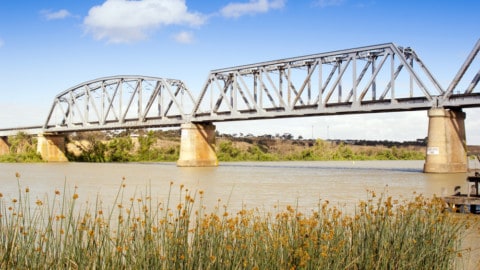On ABC’s Landline, KAP Federal Member for Kennedy, Bob Katter, has emphasised how important the Hell’s Gates irrigation scheme, Kidston Pump Storage and Big Kennedy Wind Farm will be for energy supply in Queensland.
Mr Katter said the three projects, known collectively as the ‘Triangle of Power’ have the potential to generate all of north Queensland’s electricity requirements at a reasonable price with zero emissions.
“Hell’s Gates irrigation scheme will generate 620 megawatts, the Big Kennedy wind and Kidston pump storage (small solar) which will provide a further 750 megawatts of baseload. The existing sugar mill and installed winds solar projects adds another 350 megawatts of baseload equivalent, whilst a further 300 megawatts baseload equivalent is under construction.
“North Queensland’s Triangle of Power will be carrying by itself nearly five per cent of the national grid and it will provide all of North Queensland’s energy requirements.
“One hectare of sugarcane pulls 73 tonne of CO2 out of the atmosphere every year. So whilst Hell’s Gate produces ethanol which puts CO2 up the same as petrol, what’s different is that sugar cane pulls it back down again.
“It cannot be over emphasised that existing coal fired power stations must be kept in the mix. Unless 70 per cent to 80 per cent of our power comes from existing “not new” power stations.
“Though they won’t admit it, an “existing” station can produce at $28 megawatts an hour, these stations can be renewed part-by-part and go on forever. You won’t produce from wind or solar under $90 megawatt per hour.
“So long as 70 per cent is coming from these existing coal fired generators and the Triangle of Power comes full on stream, not only North Queensland but Queensland as a whole can have cheap, clean, reliable, renewable power for the next century or two”.
Mr Katter said that because of the cost effective nature of Big Kennedy and Kidston using existing pondage, averaged out with cheap power from Hells Gate, North Queensland should have the cheapest power that exceeds by 100 per cent renewable targets and will be baseload power in Australia.















